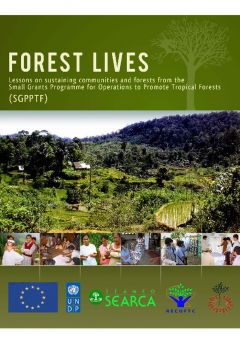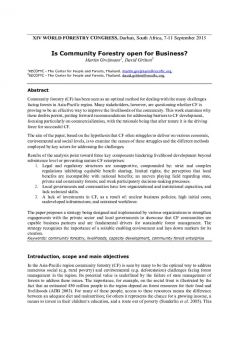Appropriate Small-scale Forest Harvesting Technologies for Southeast Asia: Motor Winches
Mobile motor winches play an important role in forest harvesting. They are used in situations where winches mounted on tractors and forwarders cannot reach logs or other objects to be moved.











